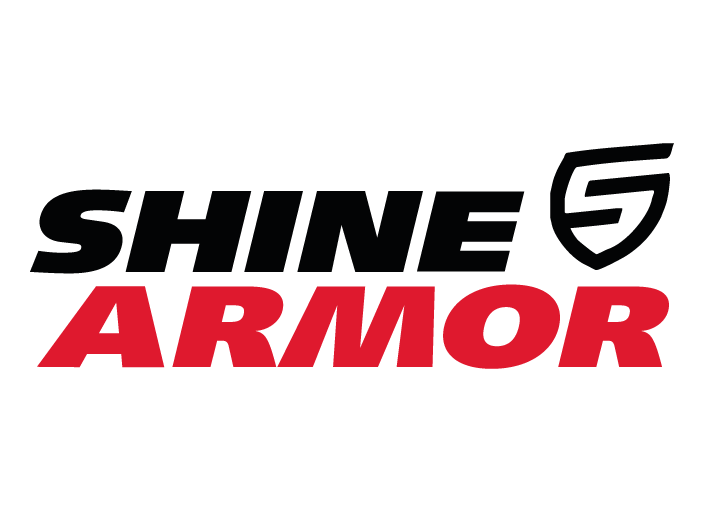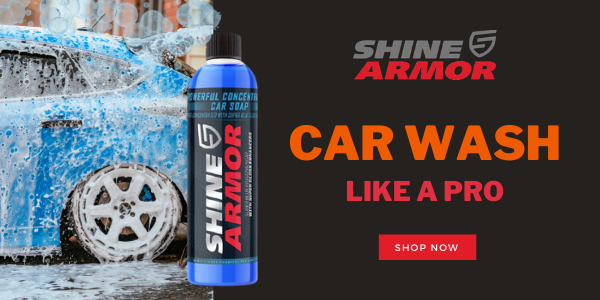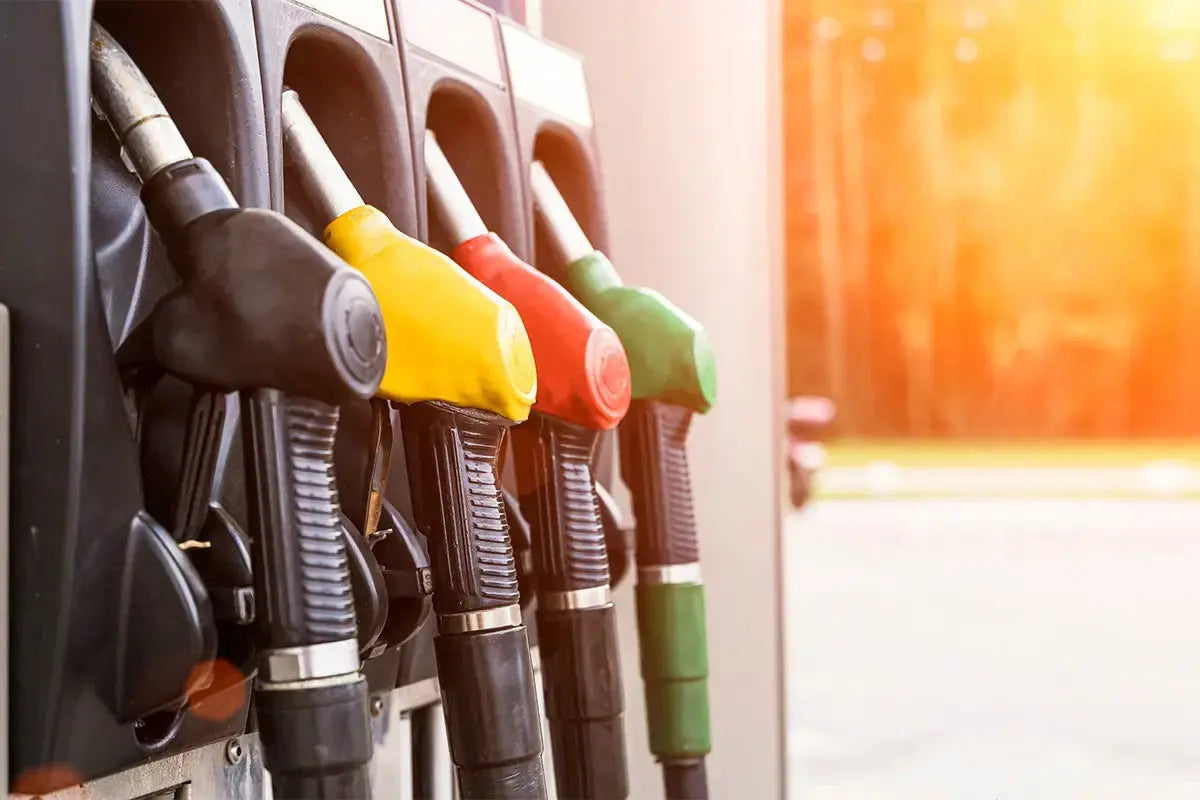
There’s nothing like a fresh coat of paint to completely refresh the look of your car. If you’re seeking a (relatively) quick way to give your car an exterior update, a paint job might be exactly what you’re looking for.
With so many different types of paint, it can be confusing to decipher which should be used on your vehicle. Luckily, we have the answer to that question - and beyond. Read on to learn more in this article of shine armor blog!
Related products in shine armor:
- Graphene Ceramic Spray
- Fortify Quick Coat
- Revive Car Scratch Remover
- Graphene Ceramic Nano Glass Coating
- Anti-Fog Hero
- Car Upholstery and Interior Cleaner
What Type of Paint is for Cars?
Unsurprisingly, paint for cars is not one-size-fits-all. In fact, there are several different types of paint that you can use on your vehicle. These include:
- Primer
- Base Coat
- Clear Coat
- Acrylic Lacquer
- Specialty Paint
Your vehicle might not require all of these paints, but these are the types that exist for the purpose of painting cars.
Primer
First, we have a primer. Primer is - as you might have guessed - a prep or undercoat finish. You can expect it to come in shades of either black or grey. Similar to painting walls in a house, the purpose of primer is to prepare the surface that you’re painting for the next coat.
You might be wondering how that works. This is because primers are typically put on to help the surface of the paint stick to the car itself. If you try to put a base layer or even a clear coat on a metal surface without a primer, it’s going to look shoddy at best. This is because the paint wouldn’t be able to bond consistently without the presence of primer. The result? You might notice flaking or chipping paint. In a word, think of primer as “binding” - that is its main role.
There are spray primers available on the market, keeping moisture away from the car’s bare metal surface. If you paint on moisture, your car can experience oxidation or even rust.
If you’re an avid DIYer and you’re looking to paint your car yourself, it’s important to note that primer is usually porous. This means you’re going to need to sand it down to create a flat surface first. If you neglect to take this step, you’re going to notice that the next layer of paint is going to be bumpy and maybe not even adhere properly to the vehicle. All of this can be saved by taking a few extra moments to do it the right way.
Base Coat
Next up is the vehicle’s base coat. Like you might have guessed based on the name, base coats are basic. A base coat is a colored paint that goes on top of the primer layer. However, here’s something important to note: Base coats do not have any strengtheners or hardeners in them. This means that a base coat is a raw paint that sits on top of the primer. What does that mean? That the base coat won’t protect itself, the primer, or the metal frame of the vehicle extremely well.
If a base coat is left in its original state, there’s probably going to be blemishes in the paint, which could even allow moisture in. This can rust the surface of the car’s frame and lead to larger issues.
Due to this, base coats are usually paired with a clear coat or urethane base coat. This allows the paint, primer, and frame from elements far more effectively than they would be otherwise. It also adds a shine or gloss to the car.
Using the base coat and clear coat together is the most common way to paint a vehicle, as this duo provides both protection and shine.
Clear Coat
Let’s talk more about the clear coat. Because it’s placed on top of the car’s base coat layer, it doesn’t contain any pigment. The clear coat wasn’t designed to add color. Instead, it is added to protect the paint underneath and to give it a shine. In most cases, your clear coat finish will have specialized chemicals that easily adhere to a car’s flexible components, such as a vehicle’s plastic bumper.
The clear coat finish usually has either urethane or polyurethane in it. These allow the vehicle to get a glossy, showroom-ready sheen that makes new cars stand out. If you properly care for and maintain your vehicle, this shine can stick around for years to come.
Finally, one of the most significant ways paint gets damaged is because of the oxidation process that occurs due to the sun’s UV rays. That’s why the clear coat is essential; it has UV inhibitors included in the paint. This prevents ultraviolet rays from fading your vehicle’s color.
Shop by category:
Lacquer and Specialized Paints
There are two other types of paint, too. These, however, have more specific uses. Acrylic lacquer, for example, is a more specialized type of paint. A lot of manufacturers have discontinued this because the base and clear coat combo is very effective. Nevertheless, if you have a classic or antique vehicle you’re looking to paint, an acrylic lacquer might be the way to go. Often, this lacquer is used for cars that aren’t utilized daily or sit in showrooms. Acrylic lacquer makes a car extra shiny, but that comes at a cost: it isn’t nearly as good at protecting the vehicle as to the clear coat & base layer combination.
Finally, we have extremely specialized paints. These include metallic finish paints (seen on performance-driven cars), or even chameleon paints (which provide the illusion of changing colors).
How Can I Tell My Car Needs a New Coat of Paint?
There are several telltale signs to keep an eye out for that can help you figure out if your car needs a new coat of paint. Let’s run through those.
Here are some ways that you can tell you need to give your car a fresh coat of paint:
- You’ve noticed a fading of paint shine: Has your car’s paint lost its depth, vibrancy, or even richness? If so, your car’s paint shine can be described as fading. For most car owners, this is a telltale sign that the vehicle is itching for a fresh coat. This is usually caused by a clear coat that has begun to break down.
-
You’ve looked at pictures from when you first got the car, and there’s a visible difference: If you’re looking for a foolproof way to gauge the vibrancy of the paint, you can take a look at pictures of your car when you first got it and compare with how it appears now. It’s important to make sure that the two pictures were taken with similar lighting.
- You’ve reviewed your car’s paint protection records: Another possible way is to look at when your car was waxed last. Fading can also occur because of car wax or ceramic coatings that have started to thin out. That means that perhaps you don’t even need an extra layer of paint. You just need some fresh car wax.
- Your car is either red or black: Red and black cars usually absorb a good amount of UV radiation, which means that the clear coat wears faster than the other colors.
- You’ve noticed a peeling clear coat on the car: No one likes peeling paint! In fact, it’s one of the most common indicators that your car really needs a fresh layer of paint. If you’re noticing that there are bubbles appearing on your car or that the paint is discoloring, it’s time to look into doing something about it.
- You’ve seen serious scratching on the car: One way to get rid of some scratches on a car involves a process that is referred to as “paint correction.” Therefore, paint could be used to give your vehicle a much-needed touch-up. This might not work for extremely deep scratches, but if you have some that are smaller, there is definitely a possibility this could work.
If you have other questions about when your car needs to be painted, you can always take it to your local shop and have them look at it. You can also re-paint your car at any time if you just want to alter its appearance. Also, consider how long it’s going to take to get the job done; expect to have your car in the shop for around a week.
To Sum It Up
Painting your car is a great way to give your vehicle a refresh while adding extra protection. There are several different types of paint, and all of them play a unique role in keeping your car looking spiffy.






